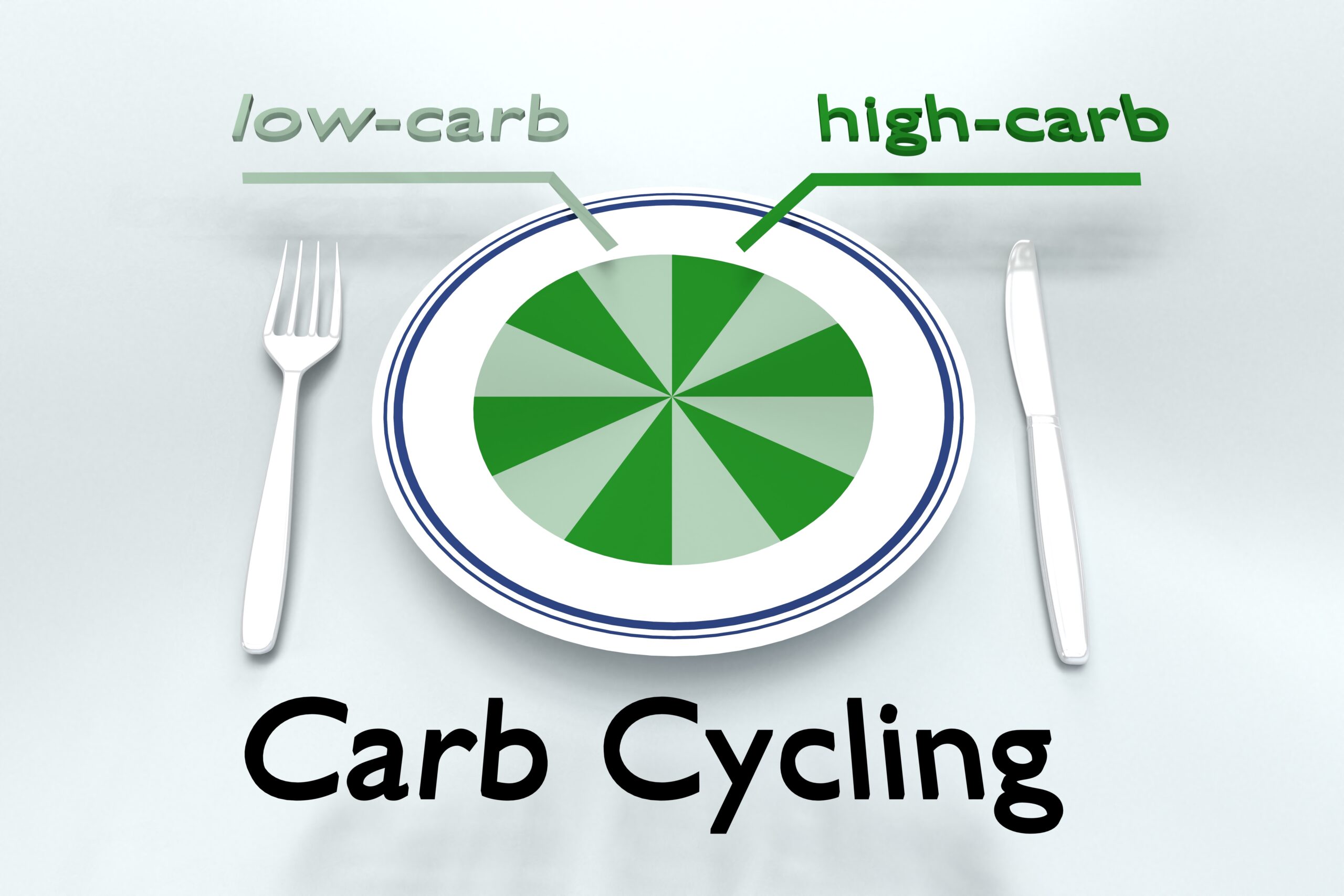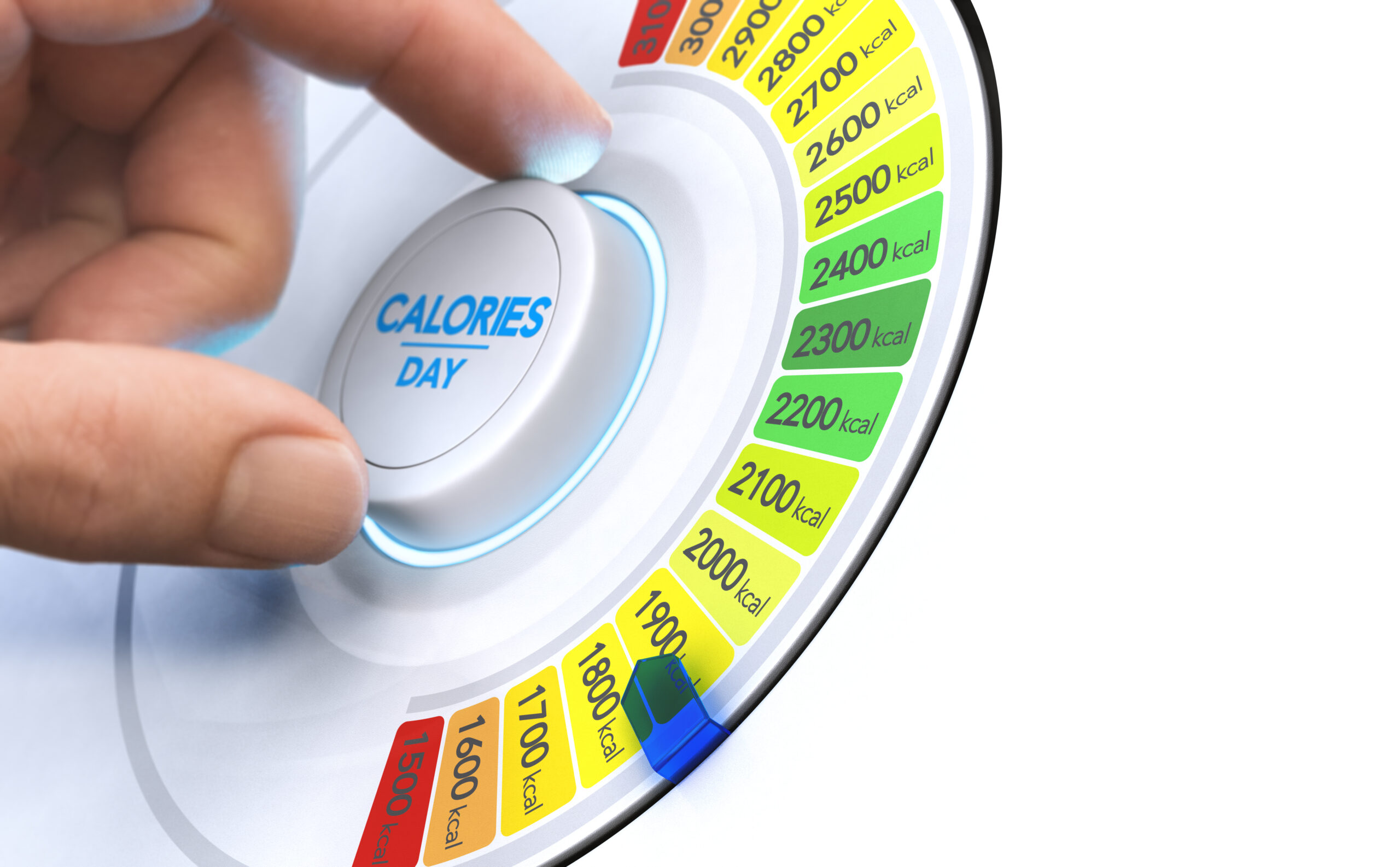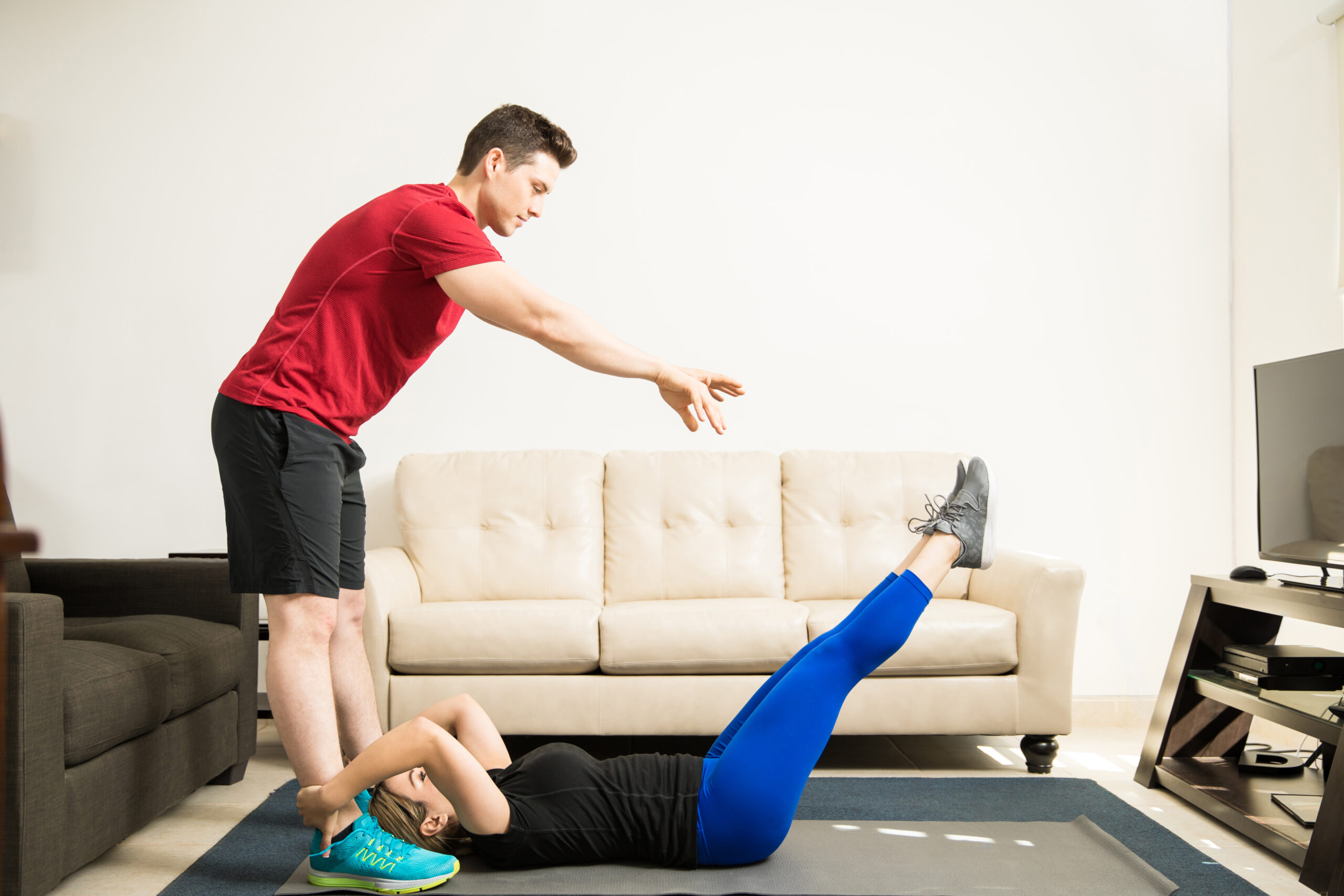What is a Doula?
A doula is a trained professional who provides continuous physical, emotional, and informational support to a mother before, during, and shortly after childbirth. The term “doula” comes from the ancient Greek word that means “a woman who serves,” and it is a fitting description for the role they play in the birth process. While doulas do not provide medical care, their support often leads to more positive birth experiences for mothers and their families.
Role of a Doula:
- Prenatal Support: Even before the actual birth process begins, a doula assists expectant mothers by providing information about the birth process, helping them develop a birth plan, and offering emotional and physical support. This preparation can help reduce anxiety and ensure that the mother feels confident and ready when labor starts.Labor and Delivery Support: During labor, a doula acts as a continuous support system. Unlike nurses or doctors, who may change shifts or attend to other patients, a doula remains with the mother throughout her labor. They provide comfort through pain relief techniques such as massage, aromatherapy, and breathing exercises. They also offer guidance on labor positions, encouragement, and emotional reassurance. Their presence often helps reduce the need for medical interventions and can lead to shorter labor times.Postpartum Support: After the baby arrives, a doula continues to assist the new mother as she transitions into her new role. They can offer support with breastfeeding, provide information on infant care, and help in recognizing signs of postpartum depression. This assistance can be invaluable in ensuring a smooth transition for the mother and baby.
Benefits of Having a Doula:
- Reduced Medical Interventions: Studies have shown that the presence of a doula can lead to a decrease in the use of interventions such as epidurals, forceps, and cesarean sections.Shorter Labors: The continuous support that doulas provide has been linked with shorter labor durations.Increased Satisfaction: Mothers who have the support of a doula often report more positive birth experiences, feeling more in control, and being more satisfied with the birth process.Improved Neonatal Health: Some research suggests that babies born with the support of a doula may have fewer complications and are more likely to successfully breastfeed.
Doulas vs. Medical Professionals:
It is essential to understand that a doula is not a substitute for medical professionals. While a doula provides physical and emotional support, they do not perform clinical or medical procedures. Obstetricians, midwives, and nurses are trained to oversee the medical aspects of labor and delivery. Doulas complement this care by focusing on the emotional and physical comfort of the mother.
Conclusion:
A doula plays a crucial role in enhancing the childbirth experience for many women. Their continuous support, both emotional and physical, can transform the dynamics of labor and delivery, making it more positive and empowering. While they don’t replace the need for medical professionals, they serve as a comforting presence, ensuring the mother feels supported, heard, and cared for during one of life’s most profound moments. For many families, having a doula can be the key to a memorable and fulfilling birthing experience.









